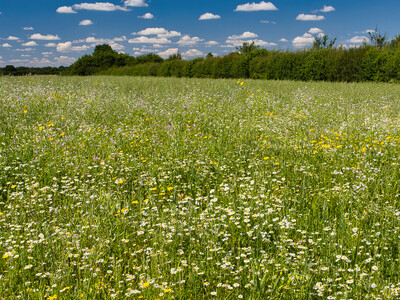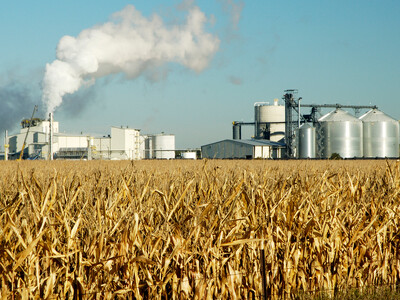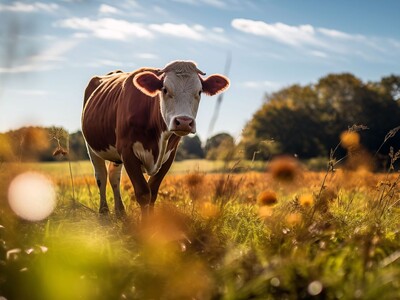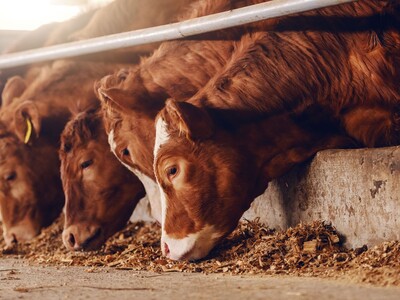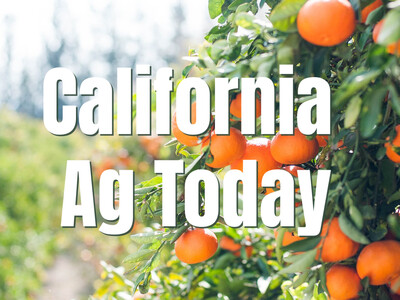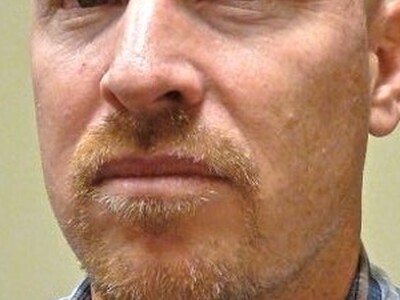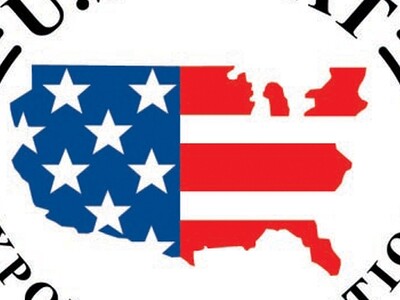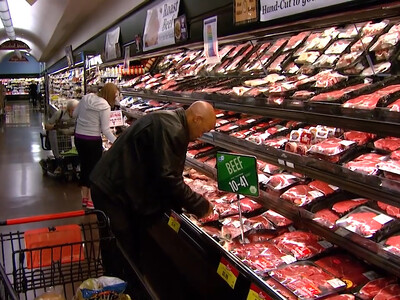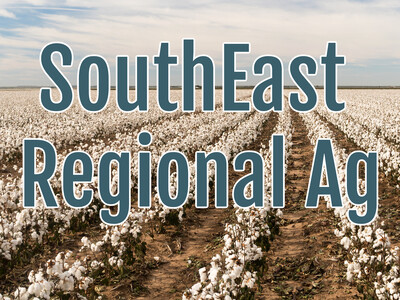Innovation Center for U.S. Dairy
Innovation Center for U.S. Dairy. I’m Greg Martin as Line On Agriculture presents the Harvest Clean Energy Report.
Sometimes ag producers can find themselves in the situation of being lost in a giant world. One producer against the world can be very daunting. That’s where a group like the Innovation Center for U.S. Dairy comes in according to Jerry Bingold, Director, Renewable Energy.
BINGOLD: To help the dairy industry to work together on issues that are larger than any one dairyman can handle or any smaller group of dairymen issues and opportunities that affect on a national level the entire industry. And we’re focused on sustainability as one of those issues and sustainability in climate change of course affect all segments of the U.S. We in the agricultural area and in dairy particularly want to be prepared and as informed as possible and therefore to respond quickly and favorably to any issues around sustainability.
Bingold says that milk is one of the most sustainable products in America, but why?
BINGOLD: First of all to understand that question we had to understand the carbon footprint, the makeup on the life-cycle around milk production. As it turns out there’s 17.6 pounds of CO2 for every gallon of milk produced. And we will challenge other industries to define their footprint as closely and as precisely based on actual science, that we have done in the dairy industry.
They have set a goal of reducing that 17.6 pounds of carbon by 25% by the year 2020. Along with that they intend to return about $238-million dollars in business value back to the industry. Bingold’s main thrust is to put 1300 bio-digesters on dairies by 2020.
BINGOLD: We have to focus on the creation of a business model that’s similar to the wind industry and the solar industry where companies emerge with the dairyman to build this number of digesters operating on dairy farms. So we’re now looking at the project finance model where you have the technology agreement, there’s a guarantee that the digesters will work backed by the manufacturers. You’ve got a supply agreement for the manure and any food waste that goes into the digester system and then an off take agreement where you can sell the electricity and the fertilizer and the carbon credits.
Bingold says they want to see this done in a way that you can cover your debt service and reduce your risk through long term purchase agreements.
For additional information on clean energy, visit harvestcleanenergy.org. That’s today’s Line On Agriculture. I’m Greg Martin on the Ag Information Network.???
www.harvestcleanenergy.org




